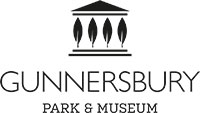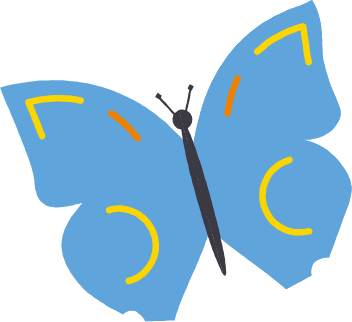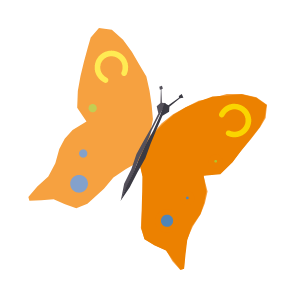Bird Spotting
We hope plenty of birds were home when you visited the Round Pond! The number of birds you might see on and around the pond changes from season to season, depending on things like the weather, what food is available and where they choose to nest.
How many birds did you see?
In your notebook, you made a table to keep track of the types and numbers of birds you saw. Sometimes it can be much easier to understand your findings when they're displayed in a graph or chart.
Using either a computer or a piece of grid paper, draw a bar chart or pictogram of your findings. Which type of graph do you think works best for your bird spotting data?
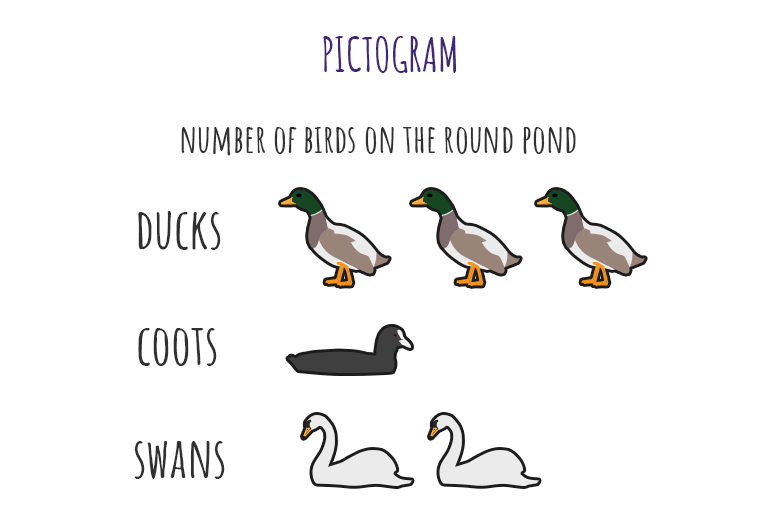
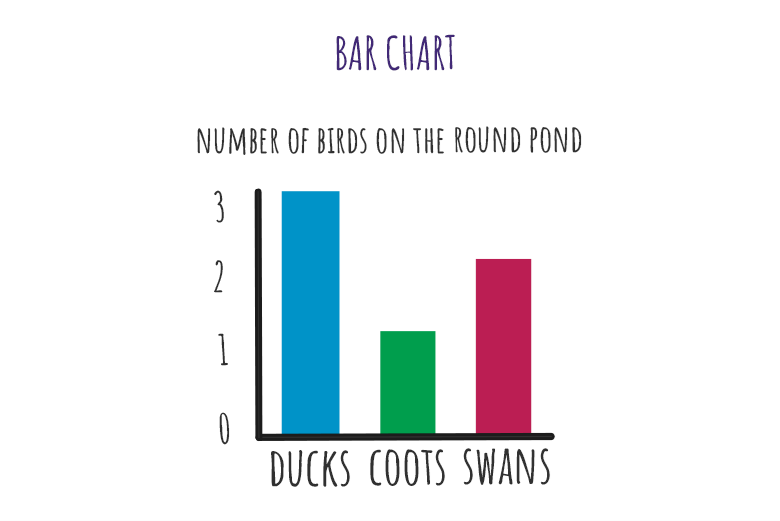
When you’re done, let’s discover more about the birds that are found on the Round Pond in our quiz...
Inspiring Birds
Birds have inspired all kinds of artists and art over the years, including stories, music and dance.
These three types of art can come together to create a ballet, often featuring lots of dancers performing a routine that is set to music and tells a particular story.
Ballets come in loads of different styles depending on when and where they were created. Click on the names below to find out about two artists who were both inspired by stories about swans but whose ballets use different styles of dance and costume.
Find out about composer Pyotr Ilyich Tchaikovsky
Name: Pyotr Ilyich Tchaikovsky
Job: Composer
Born: 1840 in Russia 🇷🇺
Fun fact: Loved picking mushrooms.
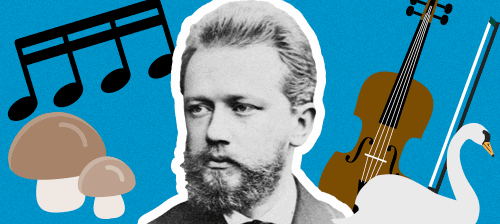
Tchaikovsky was a Russian composer, writing music for huge orchestras to play and sometimes for ballet companies to dance to.
Swan Lake was Tchaikovsky’s first music for ballet, written when he was 36 years old. It has now been performed thousands of times all around the world, but it wasn’t an immediate hit and its first ever production lost a lot of money. It just goes to show, never give up!
It was inspired by old folk stories from Russia and Germany, telling the story of Odette, a princess turned into a swan by an evil sorcerer’s curse. In his music, you’ll hear certain theme tunes reappear throughout the ballet. These help us to know when a particular character in the story appears and the mood they’re in.
Choreographers - the people who create dance moves to accompany the music - have been inspired by Tchaikovsky’s music ever since it was written. Performances have been created in all kinds of styles and for different groups of people, but one thing has always remained: swans.
Look out for the movements and character of swans being copied by dancers, with flapping wings, graceful glides across the stage and even feet paddling furiously under the water.
Find out about choreographer Cathy Marston
Name: Cathy Marston
Job: Choreographer
Born: 1975 in Newcastle, England 🏴
Fun fact: Before becoming a choreographer, Cathy originally wanted to be a police officer or an actor.
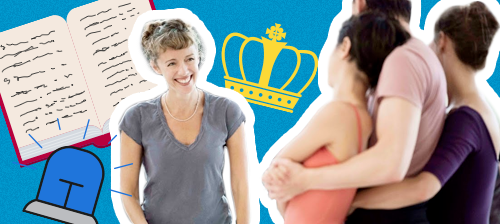
Cathy Marston is a choreographer who works with ballet companies around the world creating dance that tells stories.
Cathy often chooses the stories she wants to use in her ballets by reading books. It doesn’t matter if they’re long, short, well-known or unusual - they just need to have a story that Cathy finds interesting. She has created dances inspired by Queen Victoria, a famous cellist and her cello, and the story of a mythical creature who shape shifts from human form to swan form.
What advice does she offer to young choreographers? “Just start making and doing!”
Take our quiz to see if you can work out which birds inspired some composers and choreographers!
Get choreographing!
At the Round Pond, you made some notes - and maybe even some little diagrams - about how different kinds of birds move. Using what you’ve discovered, choreograph your own short dance routine inspired by birds.
There are a few bits and pieces to think about when putting together your choreography:
- Be safe! Take a good look at your surroundings before starting to dance to make sure you avoid crashing into things or other people.
- You might like to explore the how a particular bird moves, or imagine their moods and how you might show that through rhythms of movement, the speed you move at, or changing the shapes you can make with your body.
- Your dance can be as long or as short as you like. Think about how you might remember the moves so you can perform it again in the future.
- It doesn’t matter what style of dancing you choose. Other than keeping safe, there are no rules! Have fun and let your imagination go wild.
You might like to dance to music, and you may already have the perfect piece in mind. Alternatively, if you'd like some help finding some music inspired by birds, explore our YouTube collection by clicking the names below:
Wild Swans by Elena Kats-Chernin
Elena Kats-Chernin, an Australian 🇦🇺 composer and pianist, wrote this piece for a ballet called Wild Swans.
Zugvögel by Carola Bauckholt
Carola Bauckholt, from Germany 🇩🇪, was inspired by flamingos in this piece of music. Did you know that a family of flamingos used to live on the Round Pond at Gunnersbury Park?
Cantus Arcticus by Einojuhani Rautavaara
This piece, called Cantus Arcticus, includes the sounds of birds in the Arctic like shore larks and whooper swans. It was written by Finnish 🇫🇮 composer Einojuhani Rautavaara.
Labouring and Resting by Karine Polwart
Scottish 🏴 folk singer and songwriter Karine Polwart wrote this song about Geese flying in from their summer nests in Iceland and Greenland.
We’d love to see the dances you come up with. If you’d like to, please do share them with us on social media using #GunnersburyPark
Where next?
There are plenty of other activities waiting for you, both in the park and at home.
Back at Home
